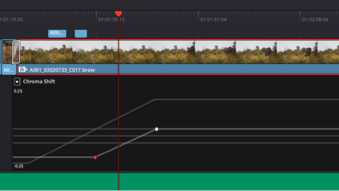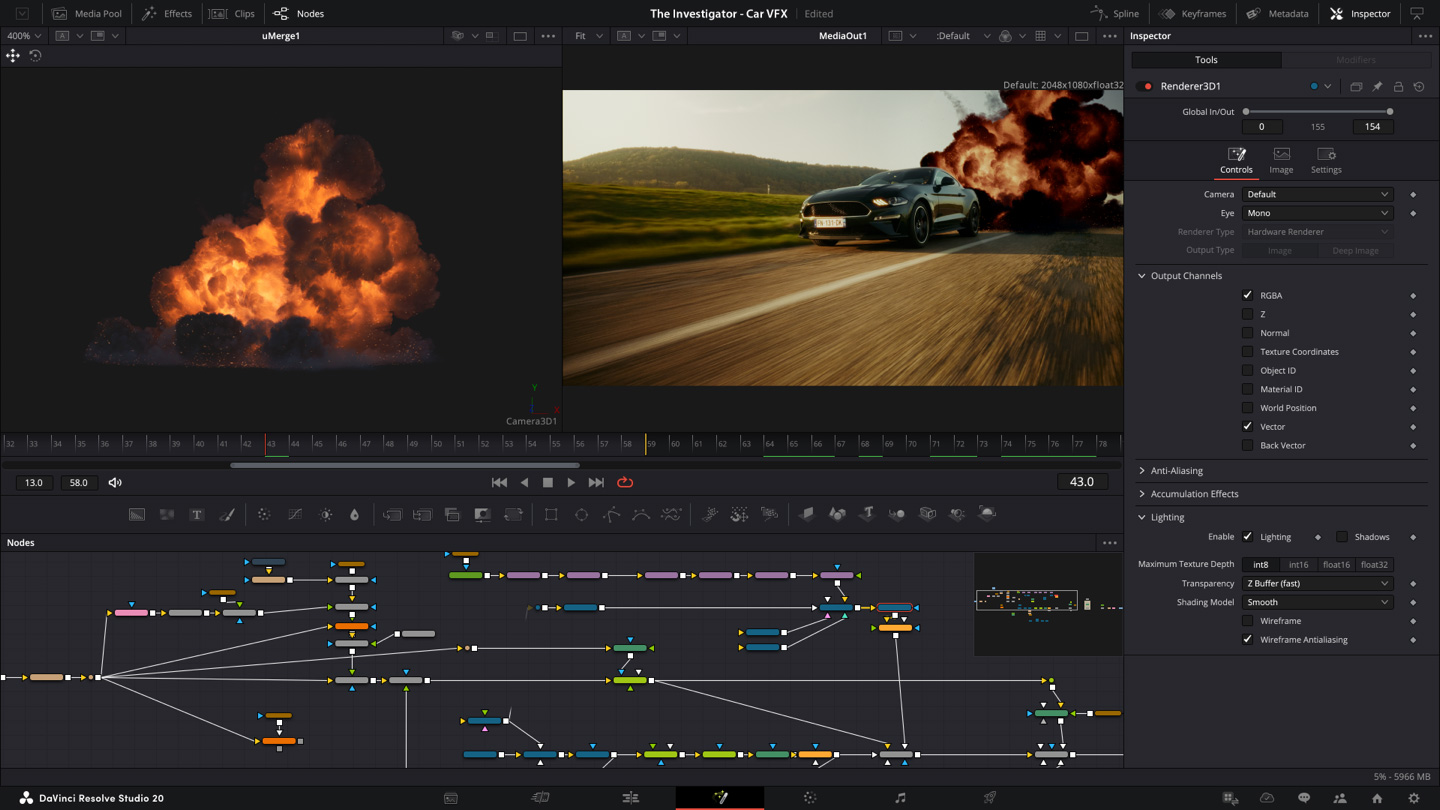

- PROBLEM SOLVING IN DAVINCI RESOLVE DOWNLOAD HOW TO
- PROBLEM SOLVING IN DAVINCI RESOLVE DOWNLOAD INSTALL
- PROBLEM SOLVING IN DAVINCI RESOLVE DOWNLOAD FULL
How to Deinterlace Video in VLCĪs a free media player, VLC can remove interlaced lines while playing a video. Then click RUN and VideoProc Converter will start to remove interlaced lines in your video and export the final video on your computer. Tick the box before Deinterlacing on the right side. For more optional formats and codecs, click Target Format. Choose an output format in the Video option at the bottom. Choose Video on the homepage and drag interlaced video(s) from your computer to this software. Launch VideoProc Converter on your PC or Mac.
PROBLEM SOLVING IN DAVINCI RESOLVE DOWNLOAD INSTALL
Now free download and install VideoProc Converter and deinterlace your footage without losing quality!
PROBLEM SOLVING IN DAVINCI RESOLVE DOWNLOAD FULL
Benefiting from its unique full GPU acceleration tech, it achieves impressive performance working on 4K, HD, and DVD videos.

It aims at solving all of your digital problems in one-stop, such as converting, transcoding, compressing, and editing videos, ripping DVDs, and recording desktop screen. Meanwhile, VideoProc Converter is a simple yet powerful video processing program on Windows and Mac. Aside from deinterlacing, it provides multiple solutions to enhance video quality, for instance, upscaling HD video to 4K, stabilizing shaky footage, removing background noise, etc. So it can get rid of lines on a video while retaining the best image quality. VideoProc Converter, the best deinterlacing software, applies the most efficient deinterlacing algorithm intelligently. How to Deinterlace Video in VideoProc Converter The deinterlacing software we are using includes VideoProc Converter, VLC, HandBrake, Premiere Pro, and DaVinci Resolve. In this post, we'll reveal the top 5 effective methods of how to deinterlace a video. If you got this problem, try to deinterlace the video. When you play an interlaced video in a progressive scanning system or when the motion in the video is really quick, differences in the positions of the fields become noticeable and that's what we call jagged artifacts. But since it's inefficient in digital video compression, more computer monitors and HDTVs choose progressive scanning over interlacing. Interlaced videos are supported in NTSC standard TV, DVDs, DV, VHS, and old camcorders. When each frame is displayed, the odd lines are drawn on the screen first and then the even lines. It divides a video frame into two fields, one with the odd-numbered lines and the other with the even-numbered. Interlacing is a video scanning method created for saving bandwidth while broadcasting or streaming videos.


 0 kommentar(er)
0 kommentar(er)
